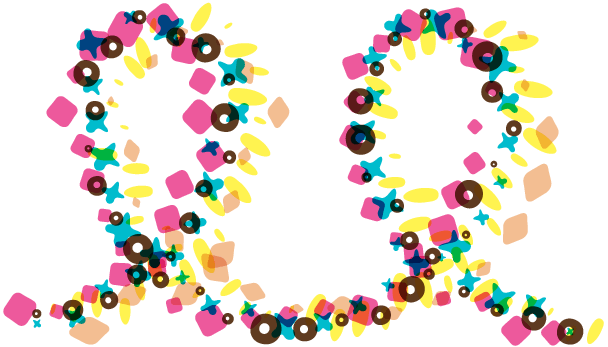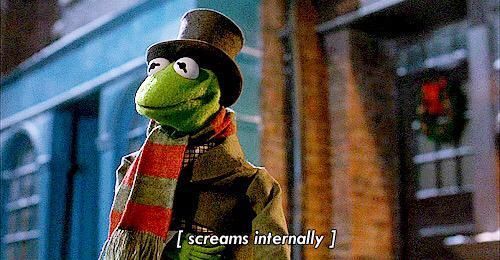133340941457

I’m currently obsessed with the visualization of the design process, management, systems etc. I’m storing them in a keynote, and adding to it frequently.
I’m not a visual thinker, but I have found that matching more complex concepts to visual diagrams helps me remember them, and also talk about them more intelligently. I can see where my work is on the loop, what other elements are involved, and where we need to get to if a project is to be successful.
131620285307

Motivating repeat reading
Like films, once I finish a book, I rarely return to it.
I have the ability to do it (it’s not hard, and the book is easy to get to), and I often want to re-read, but don’t.
My hypothesis is, one of the big reasons I don’t repeat read books, even chapters or sentences that are memorable, is because I’m not reminded to do so. In behavioral design, “The primary behavioral bottleneck… is (often) the trigger.”
So, here are a couple of solutions, with that assumption in mind.
Physical
A slim, vibrating device you could attach to a book, and remotely control with your phone. You’d set a time in the future you’d like to be reminded to read the book. It could be randomized or a static 100 days later. The idea is that the device would lurch the book out of it’s shelf with a violent buzz. You’d come home to find the ‘chosen’ book lying on the ground. Yes, ridiculous. It could be a glowing light too.
Digital
If you use a kindle as your primary reading device, an app could send highlights from past-read books, as future notifications. The repetition pattern might be based on something like this model, which is used for moving information from short term to long term memory. The quotes would link to the paragraph that contained them, which makes it very easy to continue reading that old book for 10 min.
I’m excited to reach 30 books read this year, which is easily the most I’ve ever read in my life.
Edit: This idea of re-surfacing content you’ve previously read is very interesting to me. How often do you re-read a article, or even stuff you’ve highlighted? I can see a OSX type notifcation once in a while surfacing a quote. This is how you learn stuff.
I suck at Volleyball, and nearly everything else too.
”Do you know how to dig?”
I turned and looked at the referee. He was talking to me.
“Aren’t you going to wait for your teammate?”, the ref yelled at my teammates who were filing out of the gym to the post-game bar.
“I’ll see you guys there.” I lied.
I turned back to him. He had my full attention now, and my ego ground up underneath his sneakers.
He continued, smiling, “You were lifting out there”, making a ridiculous impression of my form.
I cringed. “I know.”
He leaned in, “I get it, you just don’t know what you’re doing.”
“This is how you do it. You put your hands like this, and it makes your arms broad, which makes more surface to control the ball. The way you were doing it made them more round. Look.”
He bounced the ball around a few times. I looked.
I asked him a few questions. We hit it back and forward.
“You’re not bad. You move around, you can hit it. I just don’t want to call you out again.”
I thanked him, we traded names, and I left the gym.
Walking home, I started to think.
This happens a lot. I have this conversation a lot. I feel like this a lot.
A few hours before the volleyball game, I was in a meeting. The usual participants were there. Myself, a product manager, an engineer. The agile tri-force. We were looking at a view of an app that I had designed, and the engineer wasn’t happy with my solution.
In a manner of minutes it was described as weird, an awkward interaction and a UX hack. I sat there and listened.
The product manager glanced at me. My teammates shook their heads on the sidelines. It was the same thing.

It hurt. It stung the same as the referee calling me out in front of my peers. In both cases my skills were put into question, and in both cases my skills were questionable.
If this all sounds incredibly depressing, it wasn’t.
I’ll explain.
There’s two principles I believe in, that are life buoys in the situations I just described.
The metric that truly matters is what other people think of you.
I could think I am a highly competent designer, or volleyball player, but if all my teammates disagree, it isn’t true.
The trouble is, it’s hard to adopt that mindset. We tend to believe that our self-views are more accurate than everyone else’s. It’s hard to open yourself up to that level of criticism, to deflate your ego and get punched in the face by reality. Over and over and over. But it’s necessary. To improve, and to get out of your own head. That brings me to the second point.
Preparation, and performance, are basically the only ways to get better at stuff.
Think about a fight. You can’t ‘win’ a fight without being a stronger, more skilled (more competent) fighter. You can’t lift a heavy weight unless you’re strong. You can’t sell a lot of books, without writing something other people want to read. There are obviously other factors, but competence can’t be ignored (or faked).
When I learn new things, or perform new things, I keep this in mind.
For example, I don’t know much about user research. I don’t pretend to. I don’t write it on my resume, but it’s something I’d like to improve in my skill-set.
So, I read. I practice. I watch others who are competent. I ask them questions. I write to people who have mastered it, and ask them even more questions. I put in time and effort, and get feedback.
I still make mistakes. And I still feel terrible when I make them.
When you have skin in the game, this is going to happen. But understanding those two models, have helped me in a small way.
So, I grin and bear it. And it’s not that bad.
October 15, 2015 design ux volleyball ui user interface design product design design thinking research
How Outdoor Advertising For Gett Causes Behavior Change
https://www.dropbox.com/s/3g3pboimqu5agz1/gett.pdf?dl=0
I walked past some outdoor advertising for “NYC’s black car app (that’s not Uber)”. I thought it would be interesting to map the Fogg Behavior Model to it.
Attached is a one page case study where I look at the three elements required for behavior influence.
The Fogg model is obviously just what one guy thinks creates behavior change, but it’s simple, and makes sense, which is a tick for me.
It’s funny to think that not so long ago I would have blogged abut the copywriting or the ad campaign, and before that I would have made a snarky comment about the typography or color.. How things change hey!
October 12, 2015 gett uber design advertising motivation behavior Fogg psychology user experience design product design rideshare lyft
Possibly Interesting Things — Issue 6
Subscribe to my design teams newsletter. It’s full of stuff that will definitely make you less dumb!
